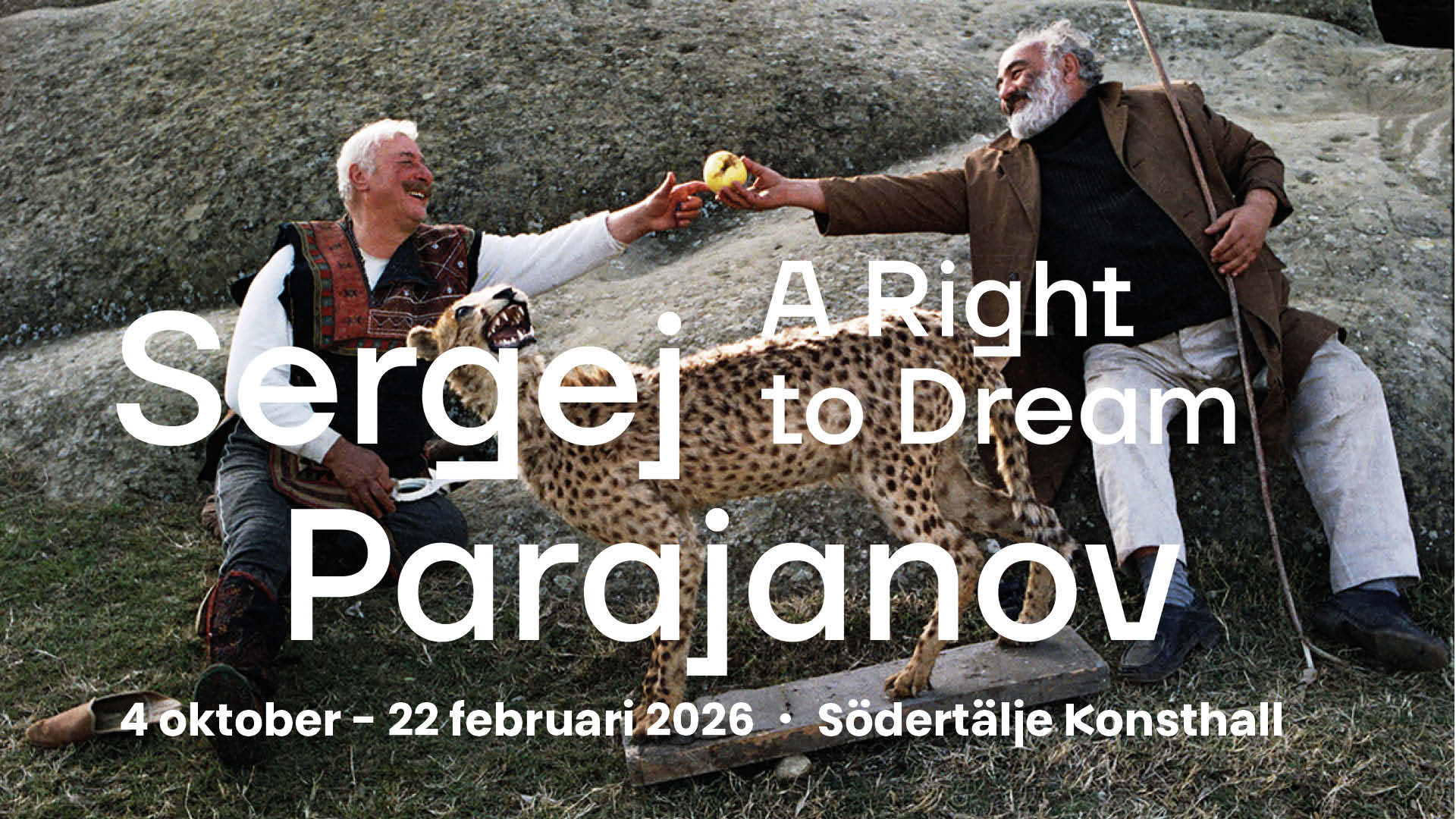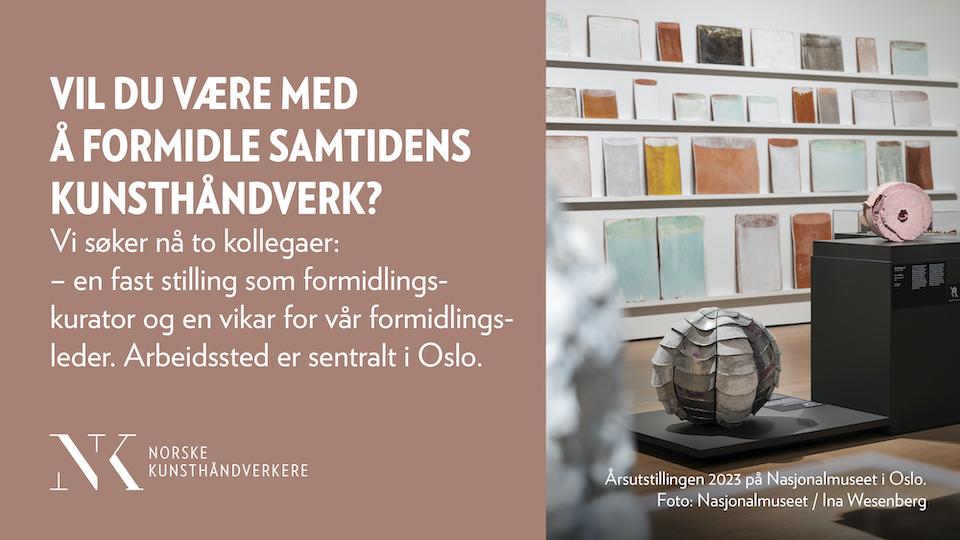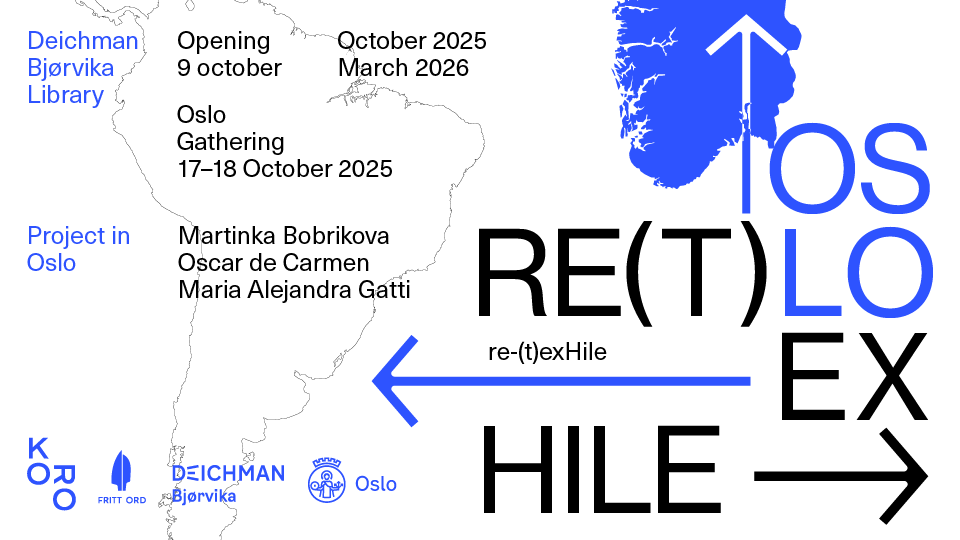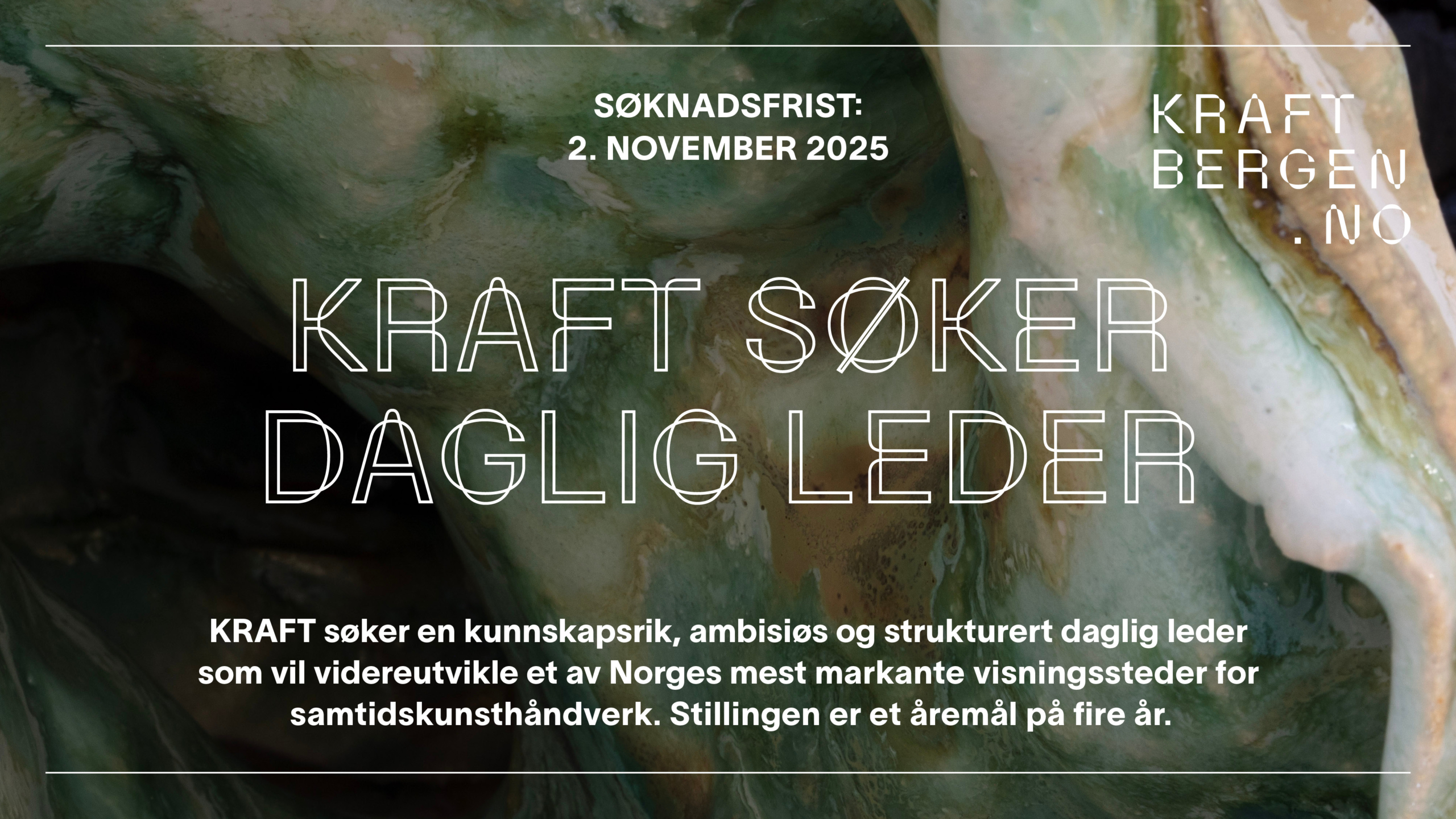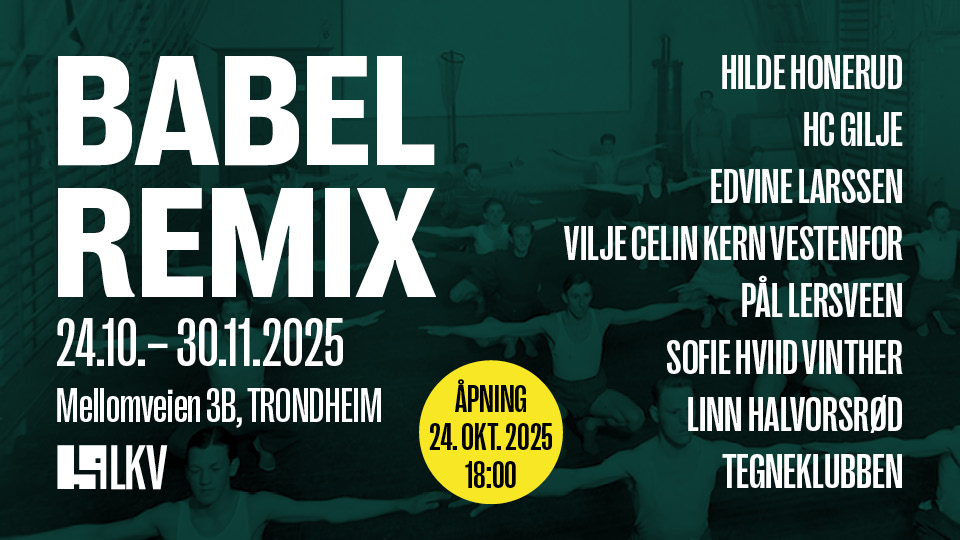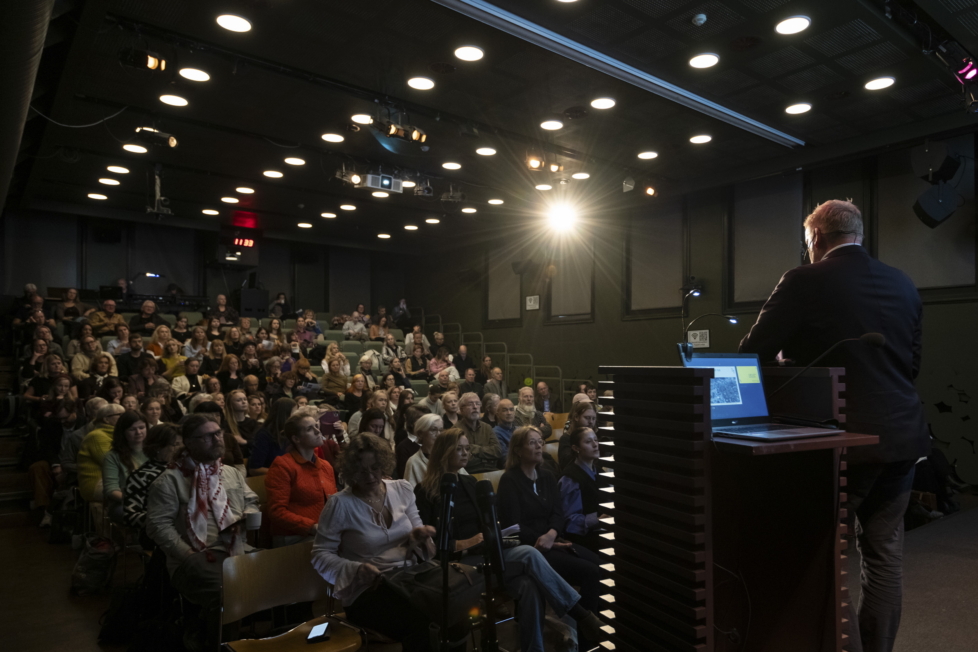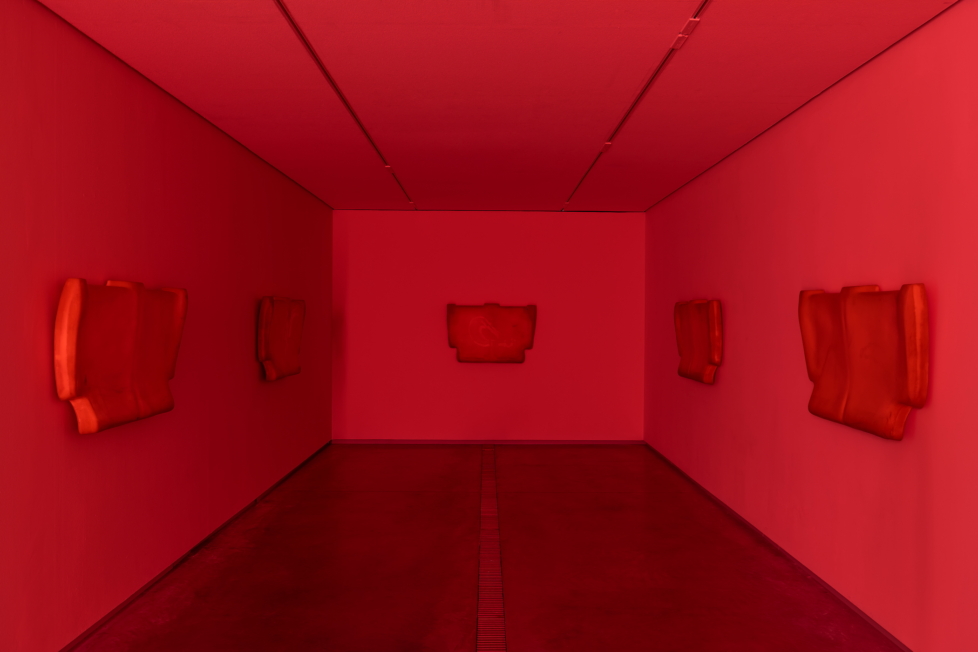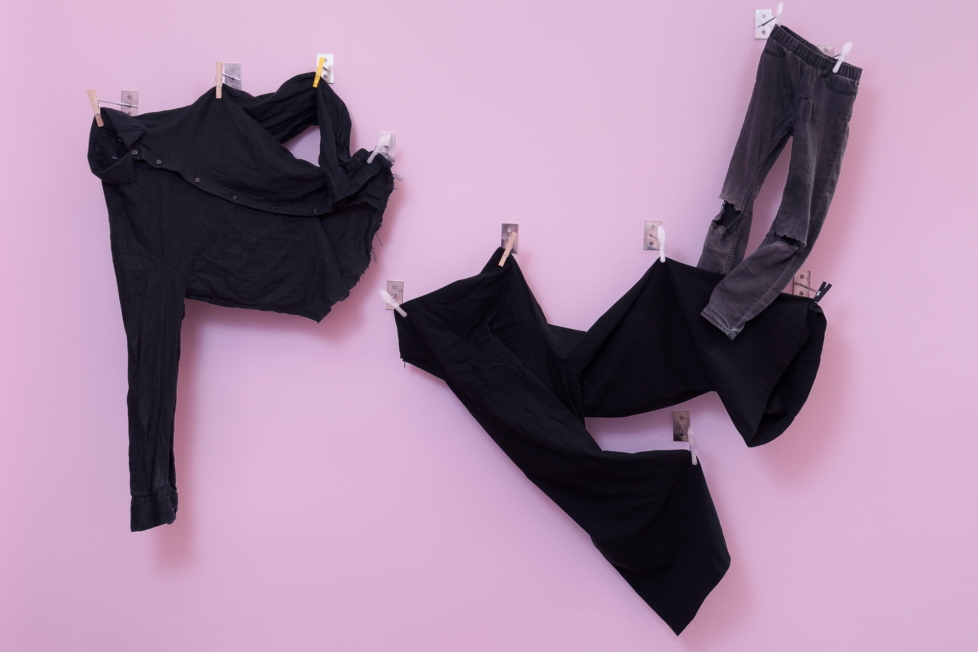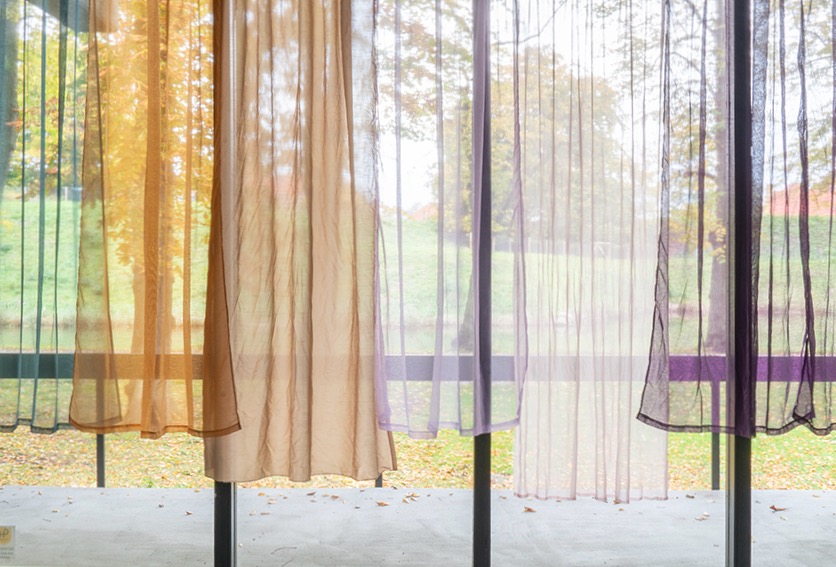
Born in 1980 in New York, Jordan Wolfson can be regarded as having made a picture-perfect artist career: strategic provocations made him a much-discussed star of the scene, but pictorial clarity and formal precision gained him representation with heavy-hitter gallery David Zwirner, who funded his break-out piece Female Figure (2014). And at last year’s Whitney Biennial, his latest piece of work, the 3D video Real Violence, dominated the discourse – but also stirred up much controversy over privilege and the responsibility of the artist.
Barely 90 seconds long, Real Violence is to be seen individually: a viewing device shuts out the real world and plunges viewers into a Manhattan street scene standing on its head. A sudden stomach-churning rotation of 180 degrees leaves you on your feet, facing two young men on the sidewalk. The weather is fair, passersby hurry along and cars drive by. One man bears the artist’s features; he stands with a baseball bat in his hands while the other kneels in front of him, facing the viewer, with an expression of slight worry. Before you get to contemplate this odd scenario, the artist-character swings the bat, knocking the other to the ground and proceeds to beat and thump his head to a near-pulp. You hear the thuds of the baseball bat as a voice starts singing the Hanukkah prayer, then cuts off, the scene fades to black, and it’s over …


The clip may be graphic and short, but the experience is intense. While the violence goes on, the cars keep going by, and you realize that no one will come to interfere. Next, you find out you can’t even avoid the scenario by turning around. You’re trapped. The violence is so in-your-face it is stunning. Which makes you nearly overlook what is obvious: Real Violence is a virtual reality piece, the violence is not real – it’s an illustration. Nobody was hurt, the artist simply clubbed a dummy and had the action recorded and rendered in 3D.
Which is where one part of the real drama unfolds: because what does hurt is to grasp that this is a spot-on illustration of the contemporary human condition in the current media age of the Western world. Privileged enough to live a life where you are not continuously subjected to violence, but doomed to continuously witness it – and hopelessly clueless about possibilities of intervention.
And here’s the second drama in this piece, which deals with the notion of interactivity. Even if it references a video-game feeling of interactivity, the experience of Real Violence does not allow you to react; you can merely change the angle from which you observe the violence. It’s a chilling take on the standard promise of a work of art giving you a new perspective on its subject. Here you can’t look away, it’s just like in real life, where what’s going on is an endless news stream of physical, structural and systemic violence.
In an interview with Jethro Turner in Purple Magazine, the artist explained that the piece “creates a total composition of distortion and offers a new window for looking at the raw material of violence. How do you experience banality in a different way?”
But can violence ever be only “raw material”? Ubiquitous, sadly yes, but banal? If not cynical, it does sound preposterous. Last year at the Whitney, the specifics of the representation of violence were discussed, the context in which the work was perceived. The white-on-white violence appeared to have a blind spot relating to the very real and well-documented racial violence experienced by black people. Is it not a privilege not having to consider your own privilege of not having to live in fear of violence, as Mengna Da argued in Hyperallergic?

Finally seeing the work in Germany, at the Schinkel Pavillon in Berlin, it is the Hanukkah prayer that throws me off – in spite of the artist pointing out in the interview mentioned above: “The Hanukkah prayer sits there in a contextless state; it makes absolutely no sense that it’s there. It does not create any kind of generative meaning with the rotation or with the violence; it’s not additive at all.”
I simply can’t make sense of it, but I am thinking of my country’s terrible historic record of antisemitism. And the recent alarming increase in anti-Semitic incidents, encouraged not only but also by right wing rhetoric, does not make it any easier. Sure, it’s set in New York – but it’s here now. It may be a virtual reality piece, but how to escape the context of the specific location I see it in?
A wall piece with two studded punk leather jackets mounted on an enlarged cartoon featuring an angry Hillary Clinton and her deputy chief of staff, Huma Abedin, in witch garb, stirring a cauldron full of letters, comes across as little more than additional decoration, a little lost, or simply yesterday’s news.
But upstairs, the more upbeat video Riverboat Song (2017) is given centre stage. Its intro is culled from YouTube clips and combines rapid-fire images of a fat white Trump supporter beating down a black man (supposedly the original inspiration for Real Violence), together with “the ten most violent video games” (one of which, not shown here, actually features a scene of a man being clubbed to death, very similar to the 3D piece), images of humanoid robots, and a tutorial on “how to perfectly cut an apple”.

Then the protagonist appears, an animated Disneyfied version of Marc Twain’s Huckleberry Finn, recognizably a revenant of the giant marionette of Wolfson’s 2016 installation Colored Figure (2016). He gets into a coffee cup while a group of cartoonish characters – a crocodile, three ugly, punk-ish, chain-smoking rats, and a couple of bourgeois horses in suits – looks on. He gets out, dances and sings along to Iggy Azalea’s 2013 song Work, in high-heeled shoes, maybe the Louboutins mentioned in the lyrics, grows substantial boobs and ass, sheds boobs and face, which is stabbed by a fierce green witch. Eventually he gives himself over in an ecstatic orgy of pissing, splattering and drinking the bright yellow cartoon liquid, while hardly ever quite stopping to flirt with the viewer.
In the flurry of striking and alluring visuals, the central part is, however, a monologue spoken by the artist’s voice. What at first seems to be the artist addressing his audience increasingly becomes a narcissistic and manipulative rant directed at an absent, possibly estranged lover. But still the audience in the room is hearing the voice of the artist, but sees the boy, a crocodile, the punk-rats, the horses’ mouths move. The final sentence is: “In the end, you won’t be able to recognize me as I will have changed and found my peace as a completely different person.”
It’s as if the artist was, like his protagonists, a veritable shape-shifter, the epitome of the trickster. According to American scholar Lewis Hyde, “Trickster Makes This World – Mischief, Myth and Art”, as he put it in the title of his 1998 book, which was re-published with the alternate subtitle: “How Disruptive Imagination Creates Culture” in 2008. In it he portrays the artist as a trickster who has the ability to overstep the boundaries of the existing world, thereby expanding the cultural tool kit for making sense of it. That is what Wolfson appears to be doing, not so much with the baseball bat, but with virtual reality and a troubling narrative of an interdependency of narcissism and individual experience.

